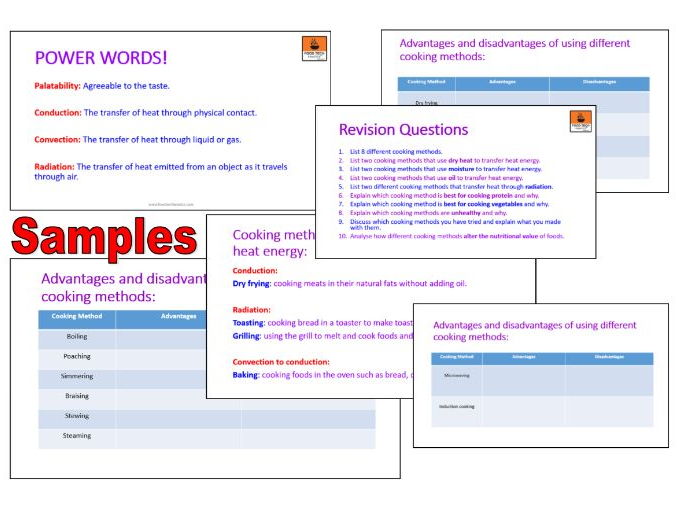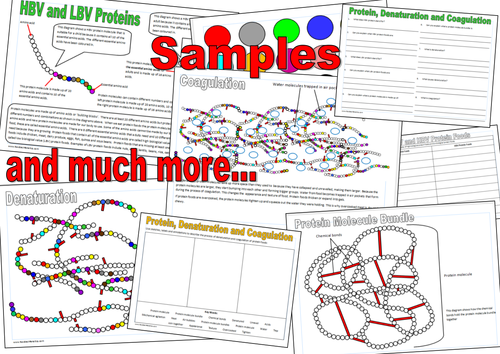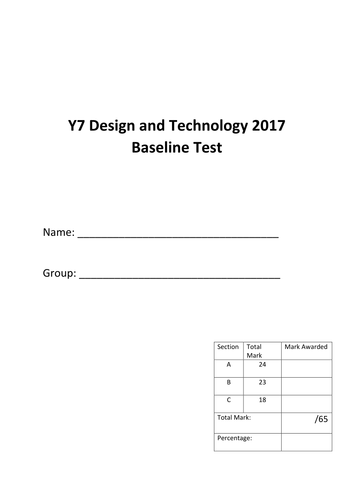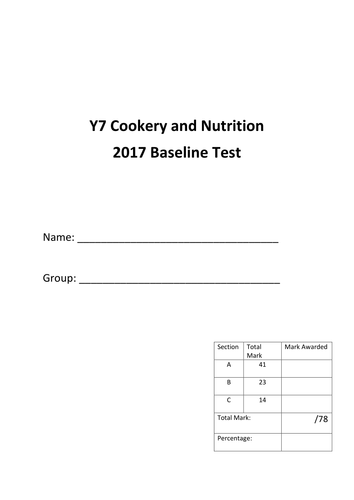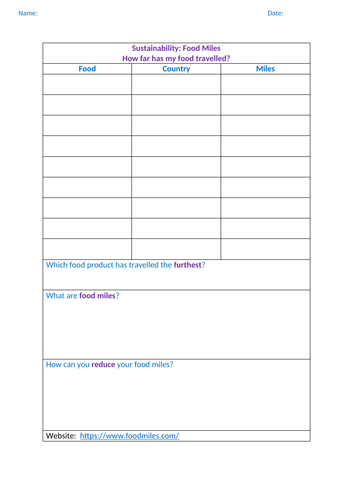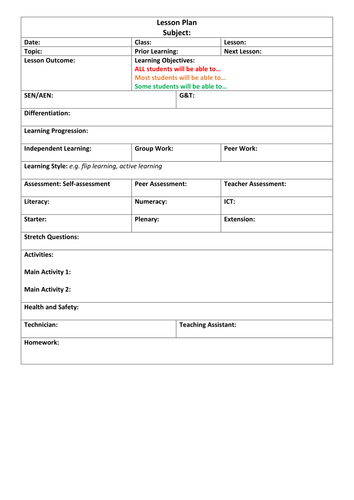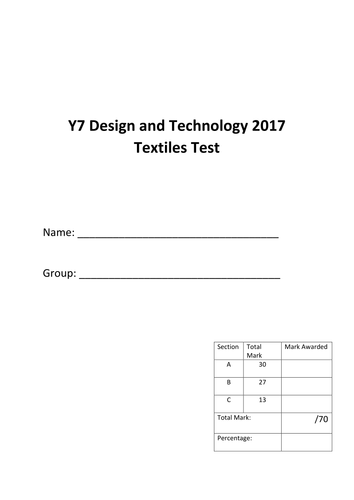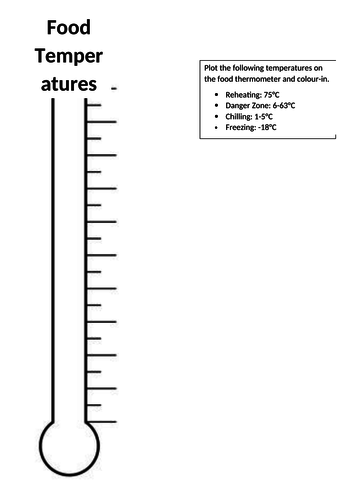foodtechfanatics Shop
Foodtechfanatics contains a range of resources which meet the requirements of the National Curriculum in Cookery and Nutrition, and GCSE Food Preparation and Nutrition. The resources have been created to improve teaching and learning and raise standards.



